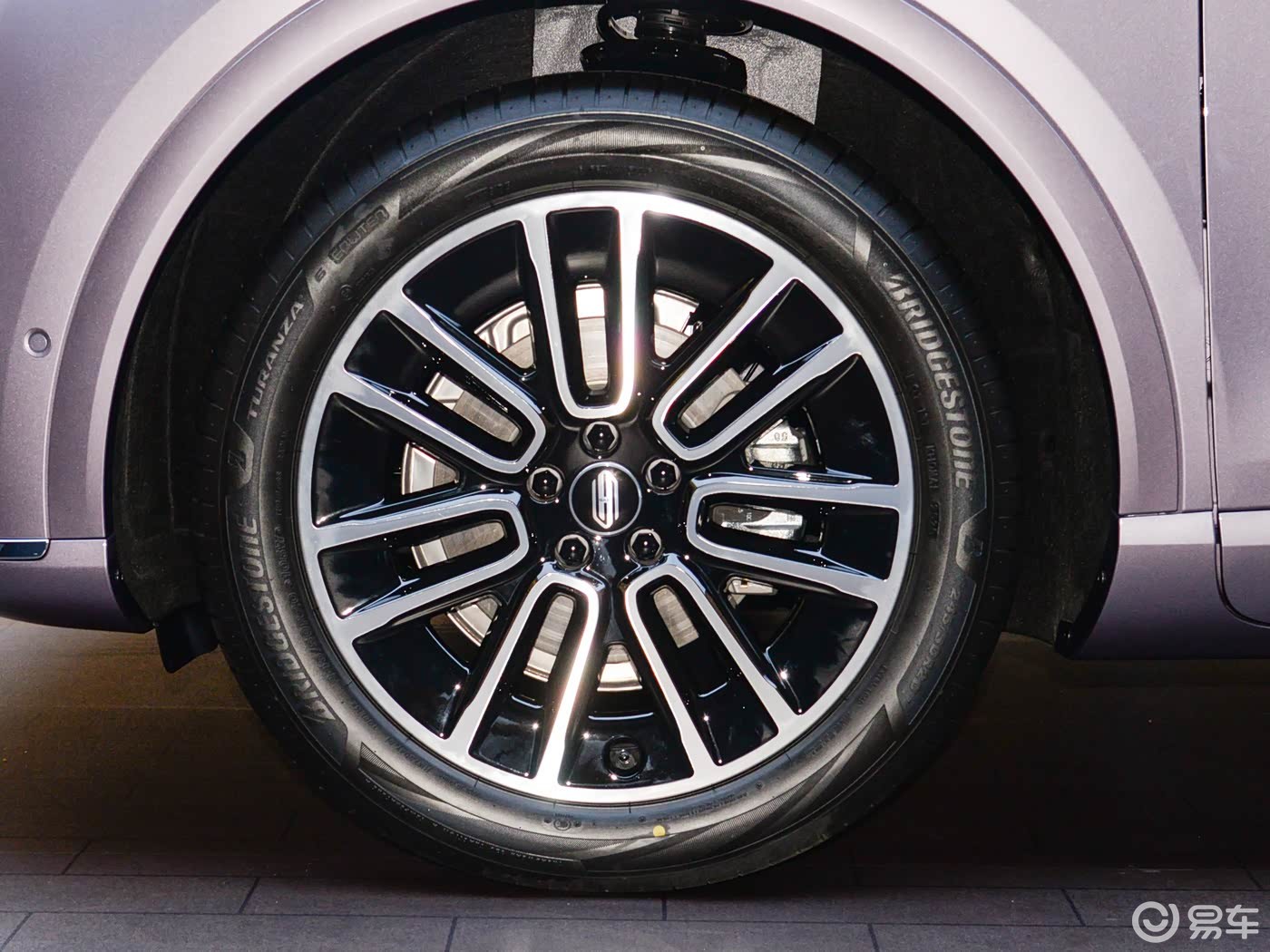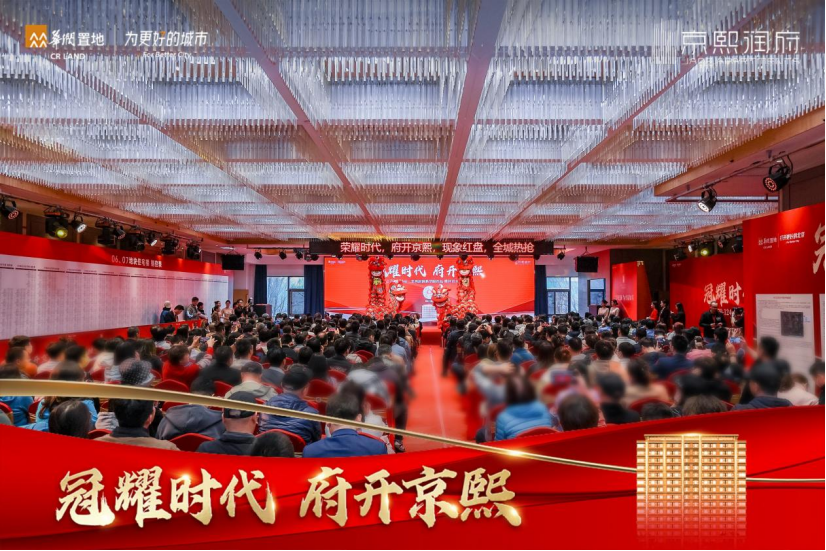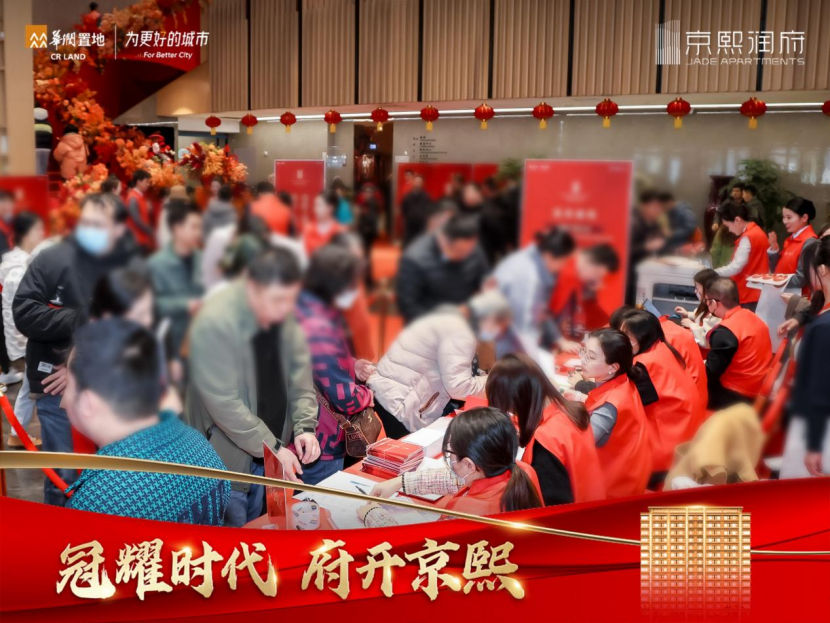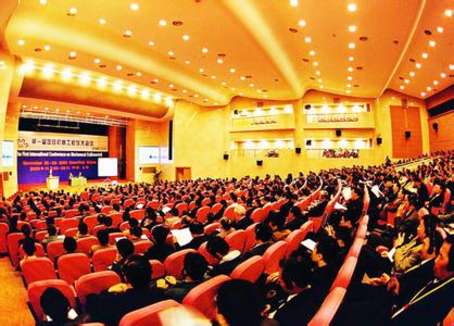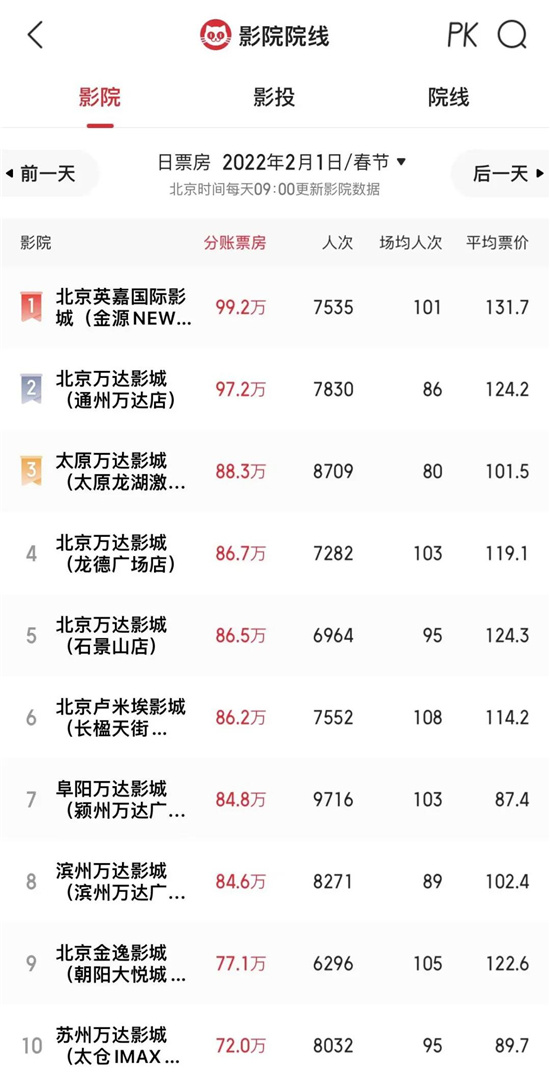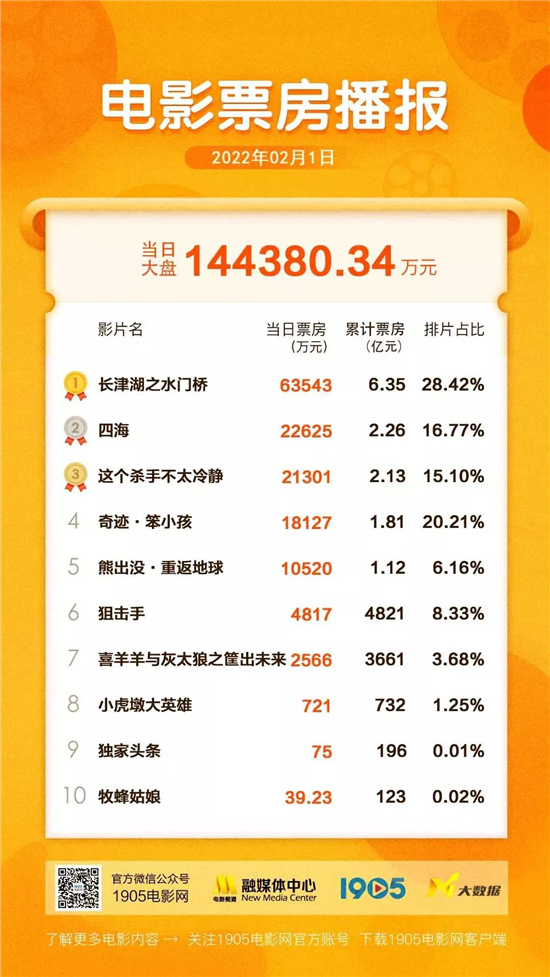In the report of the 19th National Congress of the Communist Party of China, General Secretary of the Supreme Leader pointed out: "China’s economy has changed from a high-speed growth stage to a high-quality development stage, and it is in the key period of changing the development mode, optimizing the economic structure and transforming the growth momentum. Building a modern economic system is an urgent requirement for crossing the barrier and a strategic goal for China’s development." To speed up the construction of a modern economic system, we must adhere to the principle of quality first and efficiency first, take the supply-side structural reform as the main line, promote the quality change, efficiency change and power change of economic development, and improve the total factor productivity, so as to build a solid foundation for continuously enhancing China’s economic innovation and competitiveness and realizing the goal of "two hundred years".
First, the transformation of development stage needs to promote three important changes
In the past 40 years since the reform and opening up, China’s economy has maintained a rapid growth of nearly 10%. The achievement of this world-famous historic achievement depends on many conditions. During this period, China’s economic development level is generally low, with a weak foundation, a small base and a large room for growth. A large number of technologies and experiences created by human society can be introduced for reference. China has the largest population in the world, which means that the demand scale and potential are large, the labor force is large and the cost is low; The cost of land and other natural resources is low, and the ecological environment constraints are loose; More importantly, China’s social and political stability, the establishment and gradual improvement of the socialist market economic system, the development of an open economy, and the effective use of international and domestic markets. The cooperation and interaction of the above conditions have contributed to the miracle of long-term high-speed economic growth in a populous country that has never been seen in human history. At the same time, this growth is inevitably characterized by rapid expansion in quantity and scale, accompanied by some unbalanced, uncoordinated and unsustainable contradictions and problems.
In 2008, in the face of the impact of the international financial crisis, we adopted the stimulus policy of steady growth, and the growth rate took the lead in the world, reaching a high point in the first quarter of 2011, and then the growth rate gradually slowed down. Since the 18th National Congress of the Communist Party of China, faced with new situations and problems, the CPC Central Committee has made a major judgment that China’s economic development has entered a new normal. Judging from the factors and conditions supporting China’s economic growth, there have been or are undergoing many important changes, including the decline in the number of labor force aged 15-59 in China since 2012, the decrease in the number of migrant workers entering cities, the corresponding increase in wages, and the weakening of the advantage of low-cost labor force; The terminal demand such as real estate and important industrial products such as steel and coal have successively experienced historical peak demand, and the growth rate has obviously slowed down, and problems such as overcapacity and excessive product inventory are prominent; The prices of land and other resources have risen, housing prices in some cities are high, and the pressure on the ecological environment has increased, and some aspects are close to or even exceed the bottom line; With the increase of factor cost, the increase of export base and the change of international market environment, the rapid growth of export in the past is unsustainable and we must rely more on domestic demand; There is a serious imbalance between finance and the real economy, between real estate and other fields, and within the real economy. The leverage ratio in some areas is too high, financial risks increase, and the efficiency of economic growth shows a downward trend. With these changes, China’s economic structure has undergone major changes, and economic growth has turned to rely more on consumption, service industry and domestic demand, and more on the improvement of workers’ quality, technological progress and total factor productivity. Accordingly,The stage of economic development began to change, from the past high-speed growth stage to the high-quality development stage.
From the history of industrialization and economic growth, the transformation of China’s economic development stage conforms to the law, and there are also international experiences to learn from. This transformation has not changed the judgment that China’s development is still in an important strategic opportunity period, but the connotation of the opportunity period has changed greatly. If it used to be mainly "paving stalls", it will be mainly "going up the steps" in the future. Although China’s growth rate has slowed down, the annual increment and its driving effect on the global economy are still the biggest. While maintaining the competitive growth rate, the main difficulty lies in how to turn the challenge of improving the quality and efficiency of economic growth into new development opportunities.
Second, the key to change is to improve the total factor productivity.
Promoting quality change, efficiency change and power change is an inevitable requirement in the stage of high-quality development, and an important content in the key period of changing development mode, optimizing economic structure and transforming growth momentum.
Quality reform includes improving the quality of products and services, and more importantly, comprehensively improving the quality of all fields and levels of the national economy. This is an all-round change from concept, goal and system to the details of work in specific fields. We should take improving the quality of the supply system as the main direction, conform to the international advanced quality standards, carry out quality improvement actions, significantly enhance China’s economic quality advantages, and make China manufacturing and China service a symbol of high quality; Promote the survival of the fittest of enterprises and products, concentrate resources on high-quality enterprises and products, and gradually form a number of high-quality brand enterprises and products with long-term and stable international competitiveness through full and effective market competition; Create an environment conducive to innovation, promote the flow and agglomeration of innovation elements, encourage all kinds of innovations aimed at improving the quality of products and services, and make innovation a powerful kinetic energy for improving quality; Take green development as an important content of quality improvement, accelerate all-round green transformation from consumption, production, circulation, investment to lifestyle, and make green and low carbon an important feature of high-quality products and services.
Efficiency reform is to find out and fill all kinds of low-efficiency depressions that were concealed or ignored in the previous high-speed growth stage, and lay a solid foundation for high-quality development. Market competition, in the final analysis, is the competition of input-output comparison and efficiency. We must deepen the reform in areas where administrative monopoly is still prominent, focus on introducing and strengthening competition in oil and gas, electric power, railways, telecommunications, finance and other industries, comprehensively reduce the costs of energy, logistics, communications and financing in the operation of the real economy, and improve the attractiveness and competitiveness of developing the real economy, especially manufacturing; Further substantially relax market access, improve the exit mechanism, improve the social security system, so that efficient factors can enter and inefficient factors can be withdrawn, and comprehensively improve the input-output efficiency of the economy through rational flow and optimal combination of production factors, mergers and acquisitions of enterprises, and industrial transformation and upgrading; Enhance the ability of financial services to the real economy, prevent and control various economic bubbles, reduce excessive leverage ratio, resolve financial risks, and provide effective financial services for the innovative development, transformation and upgrading of the real economy; Improve the level of open economy, combine bringing in with going out, participate in international competition and cooperation on a larger scale and at a higher level, and steadily enhance the position of China’s industry in the global value chain.
Dynamic change is to adapt to the needs of building a modern economic system with high quality and high efficiency after the advantages of labor quantity and cost are gradually weakened, and accelerate the transformation from labor quantity dividend to quality dividend. We must give priority to the development of education, speed up the modernization of education, comprehensively improve the quality of education from basic education, higher education to vocational education, and improve the quality of workers at all levels of economic and social development; Strengthen the protection and encouragement of intellectual property rights, cultivate and bring up a large number of strategic scientific and technological talents, leading scientific and technological talents, young scientific and technological talents and high-level innovation teams with international standards, promote the rational flow of all kinds of talents, and mobilize the initiative, enthusiasm and creativity of entrepreneurs, scientists, technicians and other talents to a greater extent; Create a glorious social fashion of labor and a professional atmosphere of striving for perfection, respect labor and creativity, build an army of knowledge-based, skilled and innovative workers, improve the social status of front-line workers, break the class solidification, and expand channels and opportunities for vertical mobility and struggle to become talents.
After China’s economy has entered the stage of high-quality development, it is no longer possible to rely mainly on the growth of factor input as before, and it must turn to rely more on the improvement of total factor productivity. Among the three major changes, quality change is the main body, efficiency change is the main line, power change is the foundation, and the key is to effectively and continuously improve the total factor productivity. Only by solving this key problem can we create a new development situation with obviously improved quality and efficiency, stability and sustainability while maintaining a certain growth rate.
Third, to realize the three major changes, we must deepen reform and create an environment.
International experience shows that it is relatively easy for economically backward countries to achieve rapid growth in the early stage of industrialization, but the difficulty of development is obviously increased in the transition from middle income stage to high income stage. After World War II, many countries entered the industrialization process and reached the middle-income stage, but only 13 economies entered the high-income stage. Some countries fall into the "middle income trap", and their growth is slow or even retrogressive. If the expansion of quantity and scale is easy to be effective in the high-speed growth stage, it will be greatly changed in the short term, but in the high-quality development stage, it will take a long time to make the improvement of quality and efficiency effective and step up. After entering the stage of high-quality development, it will encounter challenges that have never been encountered in the previous high-speed growth stage. To face and solve many new contradictions and problems, fundamentally speaking, it is necessary to further deepen the supply-side structural reform and accelerate the creation of an institutional and policy environment that is compatible with high-quality development.
First of all, we should solve the problem of understanding the economic development goals. After entering the stage of high-quality development, if we try to maintain the previous high-speed growth without paying attention to quality and efficiency, either the speed will not go up, or it will go up in a short time, and it will fall down, causing ups and downs in the economy. After a period of time, the actual growth rate will be low. Therefore, emphasizing quality and efficiency and the stability and sustainability of development is actually beneficial to maintaining the necessary growth rate in the long run. We must correct the tendency of "GDP only" and pay more attention to employment and entrepreneurship, quality and efficiency, risk prevention and control, stability and sustainability in development goals.
Secondly, truly make the market play a decisive role in resource allocation. Whether it is to promote the flow of production factors and optimize the allocation, break the monopoly, encourage competition, and eliminate the fittest, or to stabilize the expectations of entrepreneurs and mobilize the enthusiasm and creativity of talents in all aspects, it is required to implement the decisive role of the market in resource allocation. Whether the government can play a better role depends on whether it is conducive to the market playing a decisive role in resource allocation. We must focus on improving the property rights system and the market-oriented allocation of factors, and deepen the reform in key areas such as property rights protection, state-owned assets of state-owned enterprises, land, taxation, finance, and government administration. To deepen reform, we should attach importance to top-level design, clarify the direction and draw the bottom line; At the same time, we should pay attention to the reform exploration of local, grass-roots and enterprises, reduce the uncertainty of reform through trial and error, and find a reform method that conforms to the long-term direction and the actual situation.
Thirdly, pay more attention to the construction of innovative environment. Successful innovation depends on many conditions. The fundamental one is to form favorable environmental conditions for innovation, including the protection and encouragement of intellectual property rights, the stable expectation of innovation subjects such as entrepreneurs and scientists, the free flow and optimal combination of various innovation elements, the effective service of financial products at different stages of innovation, the supporting conditions of industries and the support of innovation infrastructure. Experience at home and abroad shows that successful innovation mainly comes from regional innovation centers and innovative cities, because these areas have better innovation environment than other regions. We must speed up the reform of science and technology system, further open the market of innovation factors, form an inter-regional competition mechanism to improve the innovation environment, and promote more regional innovation centers and innovative cities to stand out.
Fourth, form an institutional mechanism to promote green development. The new concept of ecological civilization construction and green development is deeply rooted in people’s hearts. The key is how to turn the concept into action and truly implement the "Lucid waters and lush mountains are invaluable assets" strategic concept put forward by the Supreme Leader General Secretary. Green development is a new way of development, which requires not only subtraction to control pollution, but more importantly addition and multiplication to form new kinetic energy of consumption upgrading, economic growth and innovation development. To promote green development, we should pay attention to the research and practical exploration of ecological capital accounting, and gradually turn green development into public welfare activities provided by the government, social groups and individuals into daily economic activities in which more enterprises and individuals participate; Accelerate the formation of a legal system and policy orientation for green production and consumption, and establish and improve the economic system of green and low-carbon circular development; Form a market-oriented green technology innovation system, develop green finance and actively explore effective ways for green development to drive underdeveloped areas out of poverty.
Fifth, make better use of both domestic and international markets and resources. China is still a developing country. Compared with developed countries, we are still in the catch-up period, and we cannot be complacent. We need to continue to learn advanced technology and experience from developed countries and integrate into the global division of labor system at a higher level. This is the reason why China is no longer short of funds on the whole, but we still want to introduce foreign capital. On the other hand, we should actively and steadily go out and connect with high-quality elements such as technology, management, supply chain, marketing channels, brands and talents in the international value chain, comprehensively enhance the international competitiveness of China’s industries and enterprises, and form an open economic system with more breadth and depth.











